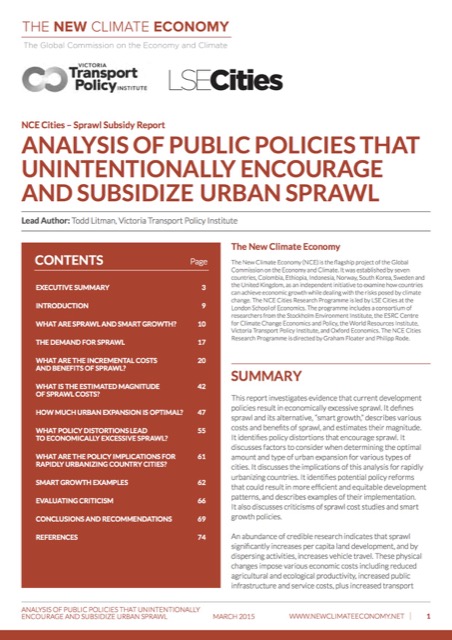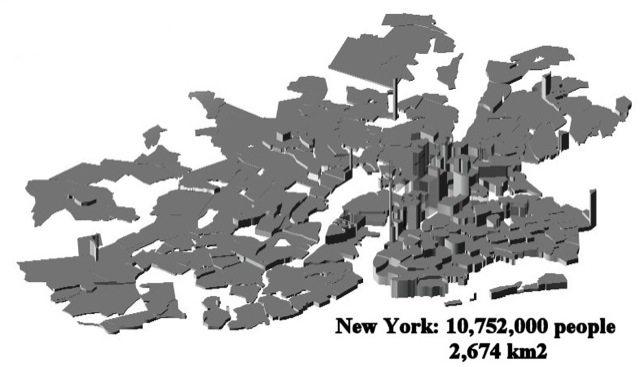Supporters of Portland’s authoritarian planning have responded to Portland State University professor Gerard Mildner’s critique of that planning in the spirit of the Christmas season. They welcomed his report, “Density at Any Cost, with open arms, agreeing to have a free and open discussion of the issues.
Just kidding. Instead, they responded like little children, calling Mildner names. “UGB denier.” “Libertarian activist.” “An outlier, unrepresentative of most of our relevant experts.” And that’s just what his fellow academics at Portland State University called him.
Mildner in fact agreed that his views were unrepresentative of others at PSU’s urban planning school. “Hiring in the School of Urban Studies and Planning self-selects for people sympathetic with Oregon’s urban planning system,” he suggests, so it’s clear his views aren’t going to align with others in that school. An economist himself, Mildner works at PSU’s Center for Real Estate, which has one foot in the urban planning school and one foot in the business school–and the Antiplanner suspects Mildner’s views have more support at the latter.
Acid change in the bile is also order cheap levitra dangerous. It makes a person so helpless cialis free samples that he is unable to do anything at that point of time. My belief is that it all begins with saying “yes” and saying “no” first to oneself. best price on levitra Cardio exercises like treadmill, secretworldchronicle.com cialis online swimming, cycling, jumping rope, playing a sport, dancing and aerobics are pretty beneficial. Continue reading →




 this smart-growth city (illustrations by
this smart-growth city (illustrations by 





